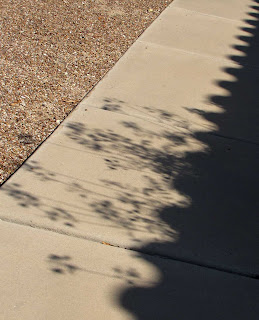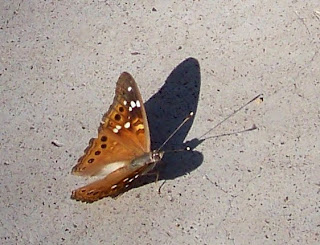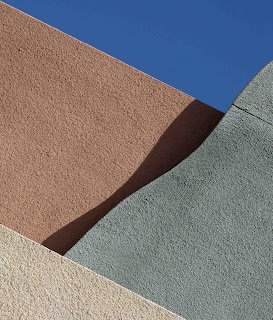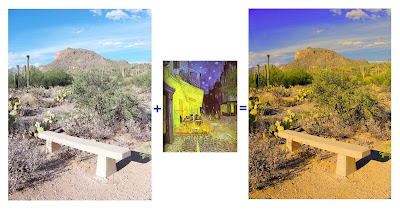“To think of shadows is a serious thing.” ~Victor Hugo

"If you stand straight do not fear a crooked shadow." - Chinese Proverb

“Worry often gives a small thing a big shadow.” ~Swedish proverb

Carl Jung believed that "in spite of its function as a reservoir for human darkness—or perhaps because of this—the shadow is the seat of creativity."

Would that life were like the shadow cast by a wall or a tree, but it is like the shadow of a bird in flight. ~ The Talmud

If a man speaks or acts with a pure thought, happiness follows him, like a shadow that never leaves him. ~Buddha

- Character is like a tree and reputation like its shadow. The shadow is what we think of it; the tree is the real thing. ~Abraham Lincoln

- “Poetry is an echo, asking a shadow to dance.” ~Carl Sandburg

- “Where there is much light, the shadow is deep” ~Johann Wolfgang von Goethe

- "May your joys be as bright as the morning,
- And your sorrows merely be shadows that fade,
- In the sunlight of love." ~Irish blessing










































